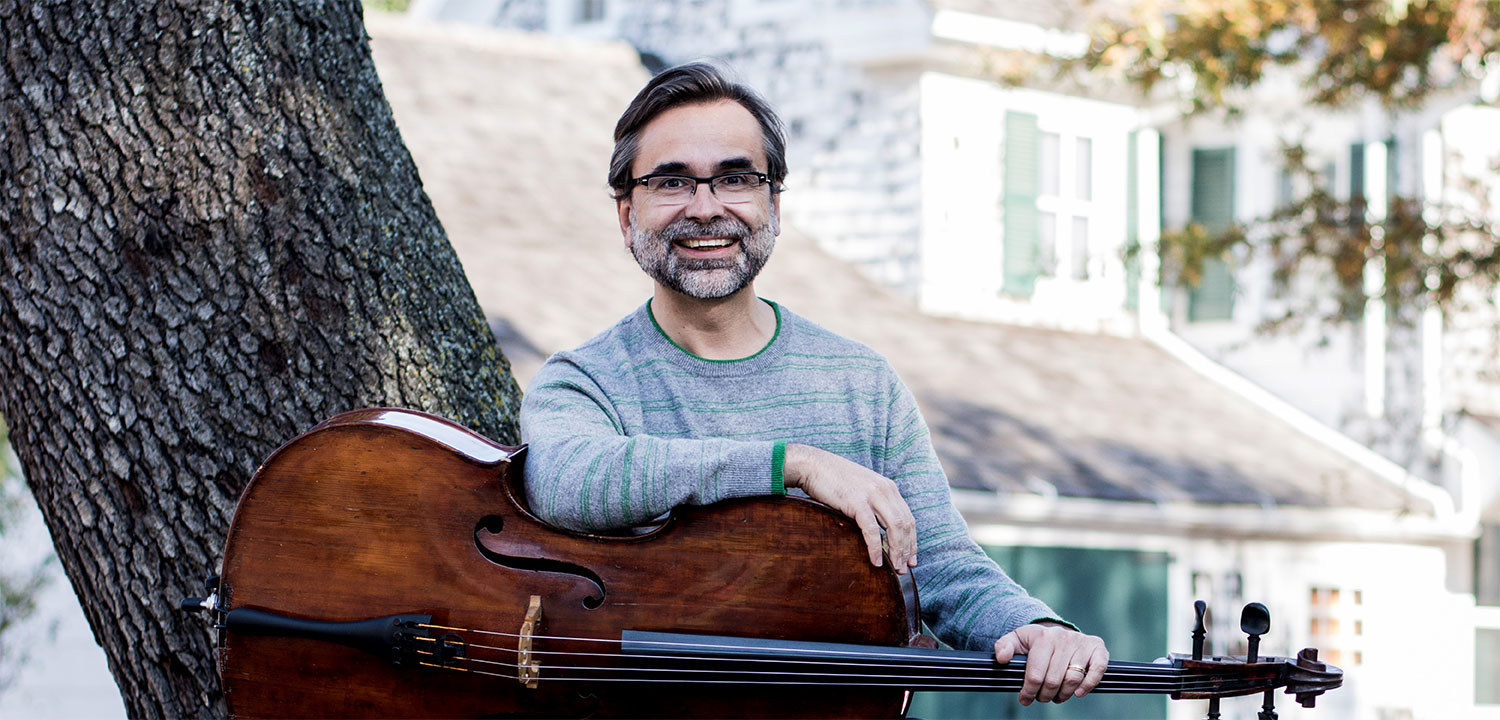On Saturday, March 23, 7:30 p.m. in the Helena Civic Center, the Helena Symphony presents an all-“Classical” program featuring two overtures by Beethoven, a symphony by Mozart, and cello concerto by Haydn performed by world-renowned Cellist Ovidiu Marinescu.
The Classical period of music is one of the shortest eras in history – 1750-1820. The period that including the American Revolution, French Revolution, the Age of Enlightenment, this is a time in music that was based on structure, formula, and where composers (like many artists) looked to reason and science as part of their creative process. The fiery energy of two Beethoven overtures begin and end this all “Classical” program. The concert also includes Mozart’s emotionally dynamic and sophisticated Prague Symphony – Symphony No. 38. One of the highlights of this concert is Helena audience favorite and world-renowned Romanian Cellist Ovidiu Marinescu, who will perform Haydn’s charming and graceful Cello Concerto.
One of the most outstanding musicians of his native Romania, Mr. Marinescu and Music Director Allan R. Scott have collaborated for almost 20 years performing throughout the country many times. He remains a favorite for Helena Symphony audiences. He has appeared throughout the United States and the globe in recitals and with orchestras and remains an acclaimed recording artist.
Joseph Haydn was his generation’s greatest musical figure – the Classical era’s most valid embodiment. The patriarch (referred to as “Papa Haydn”) of the modern-day symphony and string quartet, Haydn possessed a natural yet noble tone, a feeling for formal order and, inside this order, a freedom of invention with a subtlety of expression and humor. Few composers over time have scored cello concertos, perhaps not appreciating the instrument’s full potential and indeed, there have been far fewer virtuoso cellists. Neither Mozart nor Beethoven composed a concerto for cello. Of the 31⁄2 cello concertos written by Haydn, one was never finished, one was believed to be composed by a contemporary of Haydn, and one no one knew existed until the latter half of the twentieth century.
Unexplainably, the Concerto seemed to disappear with no knowledge that the work even existed. While the Concerto predates his second cello concerto by about twenty years, the Cello Concerto No. 1 in C major demonstrates Haydn’s witty lyricism and mastery of composing for solo instrument. Haydn always maintained a sensitivity to the abilities of the soloist, either instrumentalist or singer. Haydn’s Cello Concerto No. 1 also serves as a bridge between the Baroque style of playing (the era of J.S. Bach and Handel) and the emerging structure of the Classical period that Haydn would come to represent. Within this structure and limitations he imposed, Haydn still crafted a brilliant concerto that is equally as prolific, exciting, and fun as any of his symphonies. After almost two centuries in obscurity, the Cello Concerto was given its modern premiere at the 1962 Since the work’s recent premiere it has gained ever-widening recognition and today is in the repertoire of the world’s leading cellists. In the words of Mozart: “There is no one who can do it all – to joke and to terrify, to evoke laughter and profound sentiment – and all equally well: except Joseph Haydn.” – even 200 years later.
No other composer has ever mastered every musical form as Wolfgang Amadeus Mozart did, and with such great ease. For him, it almost seemed to be a nuisance or even a waste of time to transcribe his musical thoughts onto paper. Whereas most composers, even the great Beethoven, would go through countless drafts and revisions before completing a work; for Mozart, the first draft was the final draft. Born into the Age of Enlightenment – the era of the American and French revolutions, when liberty and fraternity were the centers of thought Mozart’s scores exhibited an order, balance, and structure associated with the Classical era that was led and fathered by composer Haydn.
When the Prague Symphony was composed (1786) Mozart was evolving a new style of composition that reflected a more sophisticated form in both conception and performance. His musical vision was becoming more progressive than that of his contemporaries. During Mozart’s brief life he developed significant relationships with the people of three European cities: Salzburg, Mozart’s birthplace and long-time residence; Vienna, the musical capital of Europe; and Prague, one of a very few cities that expressed a genuine interest and admiration for Mozart’s music. It was in Prague, the capital of Bohemia (today located in Czech Republic), that Mozart developed a special closeness to the audiences. While the more sophisticated people of Vienna snubbed Mozart’s work at times, and eventually turned away from him completely (seemingly out of jealousy), the people of Prague had a pronounced love for the young master’s music.
Ludwig van Beethoven once described himself as someone “who did everything badly except compose music,” and yet he aroused intense personal devotion not only by his music but by his personality, rough and ill-mannered, violent and wrong- headed though his actions often were. “The nature of his personality and the fact he was virtually uneducated, gave his musical utterance simplicity and a sincerity that are without parallel among the great composers,” explains Maestro Scott. “It is these qualities, combined with his strong sense of humanity and his inexhaustible power of striving for the ideal, that have earned him his unique place in affections of music-lovers of all types.”
Composing for the popular theatre was a common and fairly critical financial benefit for most composers. Beethoven’s incidental music to The Creatures of Prometheus emerged as one of the first major commissions for Beethoven, and while much of his music to plays and ballets were not successful, this Overture remains one of his first great public triumphs. Using the mythological story of Prometheus who assisted human beings towards understanding life and the arts, Beethoven’s score to the ballet contained many moments of well-crafted and attractive writing. The Overture to the ballet, although brief, is exciting, using a dance-like drive and energy to open the ballet.
Opening the concert is Beethoven’s overture to the play Coriolan, made popular by Shakespeare with his play Coriolanus. While Beethoven’s Overture to Coriolan does not offer a complete telling of the story, it does give a wonderfully powerful musical depiction of the tragedy of the play in a brief seven minutes. Like Beethoven’s Fifth Symphony and Piano Concerto No. 3, the Overture is composed in the haunting key of C minor and musically paints a portrait of the hero ruled by will, restlessness, and rage. Beethoven’s focus on the emotional core and profound drama of the story seems almost too coincidental to not be seen as a self-portrait. The restlessness, pride, disagreeable manner, and resignation are themes directly linked to Beethoven’s life – perhaps the real tragedy.
This all-Classical program has charm, wit, passion, and beauty – and is not to be missed!
Tickets can also be purchased ($55-$15 plus a $5 transaction fee) online at www.helenasymphony.org, by calling the Symphony Box Office (406.442.1860), or visiting the Symphony Box Office located on the Walking Mall at the Livestock Building (2 N. Last Chance Gulch, Suite 1) between 10 a.m. and 4 p.m.

